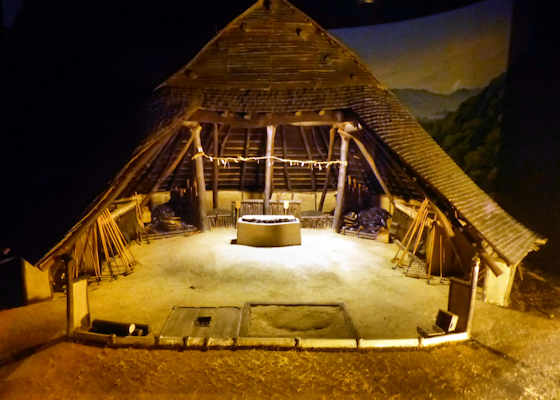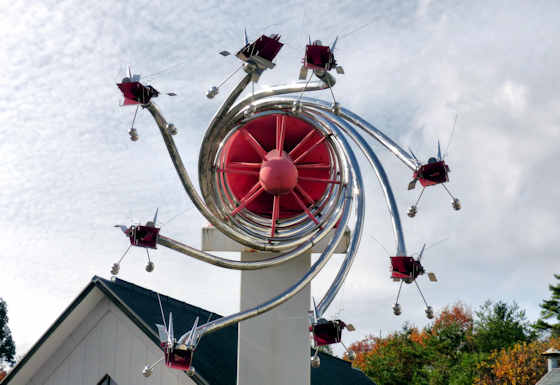Thursday, December 7, 2023
Tameshigiri Testing a New Samurai Sword
Sunday, October 1, 2023
Okuizumo Tatara Sword Museum
Friday, July 28, 2023
Yamata no Orochi
Monday, May 17, 2021
Itohara Memorial Museum
Itohara Memorial Museum
The Itohara were a family of high-ranking samurai in the service of the Matsue Domain during the Edo Period. Their base was in the mountains of Okuizumo where they were one of several samurai families that controlled the production, and export, of iron.
The museum at their property near Yokota display many of their artworks, everyday objects, and especially tea ceremony paraphernalia, armor, swords etc as befitting a high-ranking samurai family, but is mostly concerned with the historical production of iron.
Japan had very little iron-ore, but some areas, like here in Okuizumo, were rich in iron-sand, and a special type of forge technology was used to process the sand into iron and steel called a tatara forge.
Part of the output of a tatara forge is a kind of iron called tamahagane in Japanese. This is a vital ingredient in a true Japanese sword and cannot be produced by modern methods, so one single tatra forge is still in operation here in Okuizumo that produces all the tamahagane for swordsmiths.
There is a lot of material on display about historical tatara and such, and quite a lot of samurai possessions and artworks, kimonos etc, however very little info is in English.
The Itohara estate is a few miles from Izumo-Yokota Station on the JR Kisuki Line. Other related posts about Okuizumo can be found by clicking this link.
Tuesday, January 17, 2017
Sword Dance Extraordinaire
I am a huge fan of kagura, and have seen hundreds and hundreds of dances over the years, most, but not all, Iwami kagura from my local area. While it is still fascinating seeing the variations of dances that different groups perform, it is nowadays rare to see a dance that I had not see before.
So it was with great anticipation I saw something at a performance by a kagura group from down near Masuda. There are basically two types of dance, masked-theatrical which was in earlier times performed by the villagers as entertainment in between the shinji, ceremonial dances, usually performed by the priests. There is a lot of crossover between the two, one being the use of torimono, objects carried by the dancers. Swords are often used as torimono.
The finale to the dance was completely unexpected as the dancer started doing somersaults on the floor while holding all the blades. The roots of the dance is obviously with the shamanic, trance dances that are ultimately the origin of modern Iwami Kagura.














































